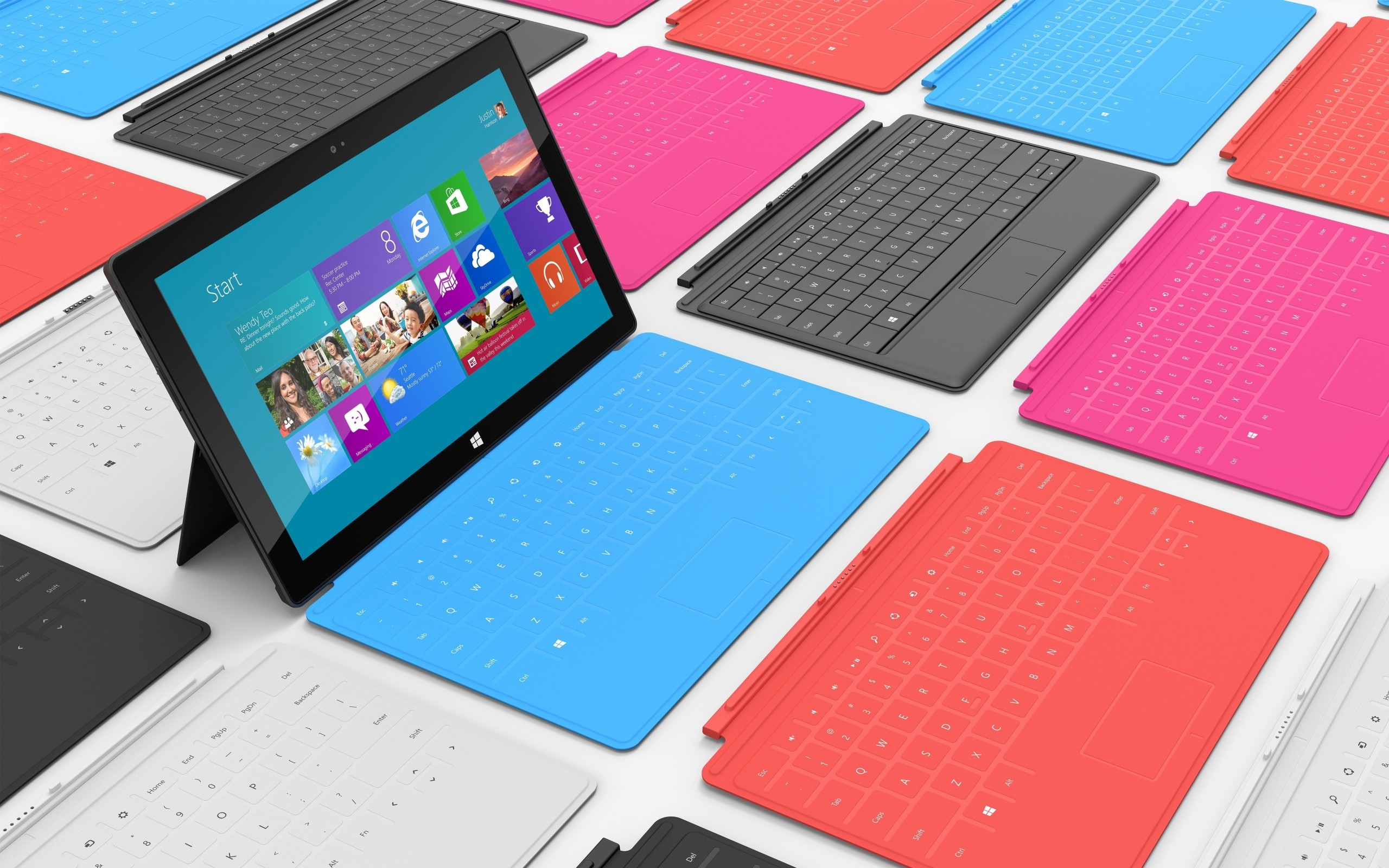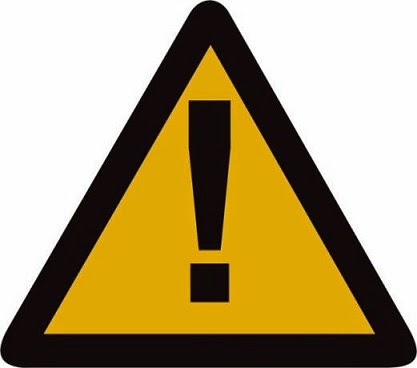The BIOS upgrade is needed if the Computer Is not Capable Of using All the Feature of new software or hardware .Updating the BIOS adds additional Functions and can also FIX all the error and bugs.You can contact the motherboard manufacture by phone or download the upgrade from its Website to get the latest Updates..
There Are Two Different way Available For upgrading A motherboard BIOS :
 Replacing Physical BIOS Chip :- enables the User to upgrade motherboard BIOS with the new system .in the New system the original BIOS chip is Removed and a new BIOS chip is inserted.
Replacing Physical BIOS Chip :- enables the User to upgrade motherboard BIOS with the new system .in the New system the original BIOS chip is Removed and a new BIOS chip is inserted. Performing a Flash Update :- Enables The user to upgrade motherboard BIOS With New system .in The new system the update software is download and installed on to a disk for the system which has flash - upgradeable Bios.
Performing a Flash Update :- Enables The user to upgrade motherboard BIOS With New system .in The new system the update software is download and installed on to a disk for the system which has flash - upgradeable Bios.NOTE
1) Backup the BIOS and all The important Files Stored On the system Before Updating The BIos
2) Read the motherboard Manuals Thoroughly for the info on updating the
3) Read the read me and Help Files available along with the BIOS update Software
4) Ensure That You Are Using the Correct Bios Software
5) Ensure that the System Boot Priority is Set to the Floppy Disk Drive
6) Create a Boot able BIOS update disk With The Current Version of The BIOS
Precaution
1) Follow The BIOS Update instructions carefully
2)If the motherboard does not support BIOS version that you are using to update
3) Wear an anti-static Wristband.
 Replacing Physical BIOS Chip
Replacing Physical BIOS Chip1) Open the System Case
2) Locate the BIOS Chip in The system .
3) Peel off The Stickers And the labels that Are Affixed On The BIOS chip.The Bios Chip Without the Sticker is Displayed
 |
| BIOS Chip |
4) Remove The CHIP Using a Screwdriver , A Penknife Or A chip remover as show
 | |
| Removing The BIOS Chip |
5) Place the new BIOS chip Over THE Socket.
6) Press The Bios Chip Firmly into Place
 Update the Bios using Software
Update the Bios using Software 1) Download The BIOS Software from The internet . The software will BE Available In a ZIP File
2) Unzip the File to a Folder
3) Insert A blank Floppy in the Floppy Disk Drive
4) Run the .exe File From the Folder
5) Follow The steps dispayed the Wizard TO crate A bootable BIOS Update Floppy Disk
6) Restart the System With The BIOS Update Floppy disk
7) Restart the system And Enter The Bios To check if it is Updated
Update The BIOS using Flash Update through internet
1) Check the manufacture And Model of your motherboard E.G Asus P7H55
2) Go to the motherboard Manufacture Website e.g www.asus.com
3) Go to service And Select Support
4) in General Download Tab ,Select Motherboard From Product ,Select LGA1156 Series And Finally Select Model P7H55 From Model
5) A scren Will Apper Asking for OS. Select The OS Used by The System from Operating System Drop Down Menu
(Note : U Also Find Bios Update Software On Google.com just Keep Proper Motherboard Model Number )
recover The System From a failed BIOS Update:
1) Turn Off The power Supply
2) Open The system case
3) Locate The flash Recovery Jumper .The Jumper Location Will be Specified In the Motherboard Manual
4) Set the jumper to the recovary mode.
5) Turn on the power Supply.
6) Insert The BIOS Backup disk in the Floppy Disk Drive
7) Start The System
8) Shut down The System When The System Prompts You to Restart The System
9) Turn off The Power Supply
10) Set The Flash Recovary jumper To default Mode
11) Close THe System Case
12) Turn On The Supply
13) Start The System With The BIOS Upgrade Disk in The floppy Disk Drive
14) Follow The Step To Upgrade The BIOS
{ If the update Bios is not compatible with the system you may have to reinstall the previous version of the BIOS back on the System .}

























